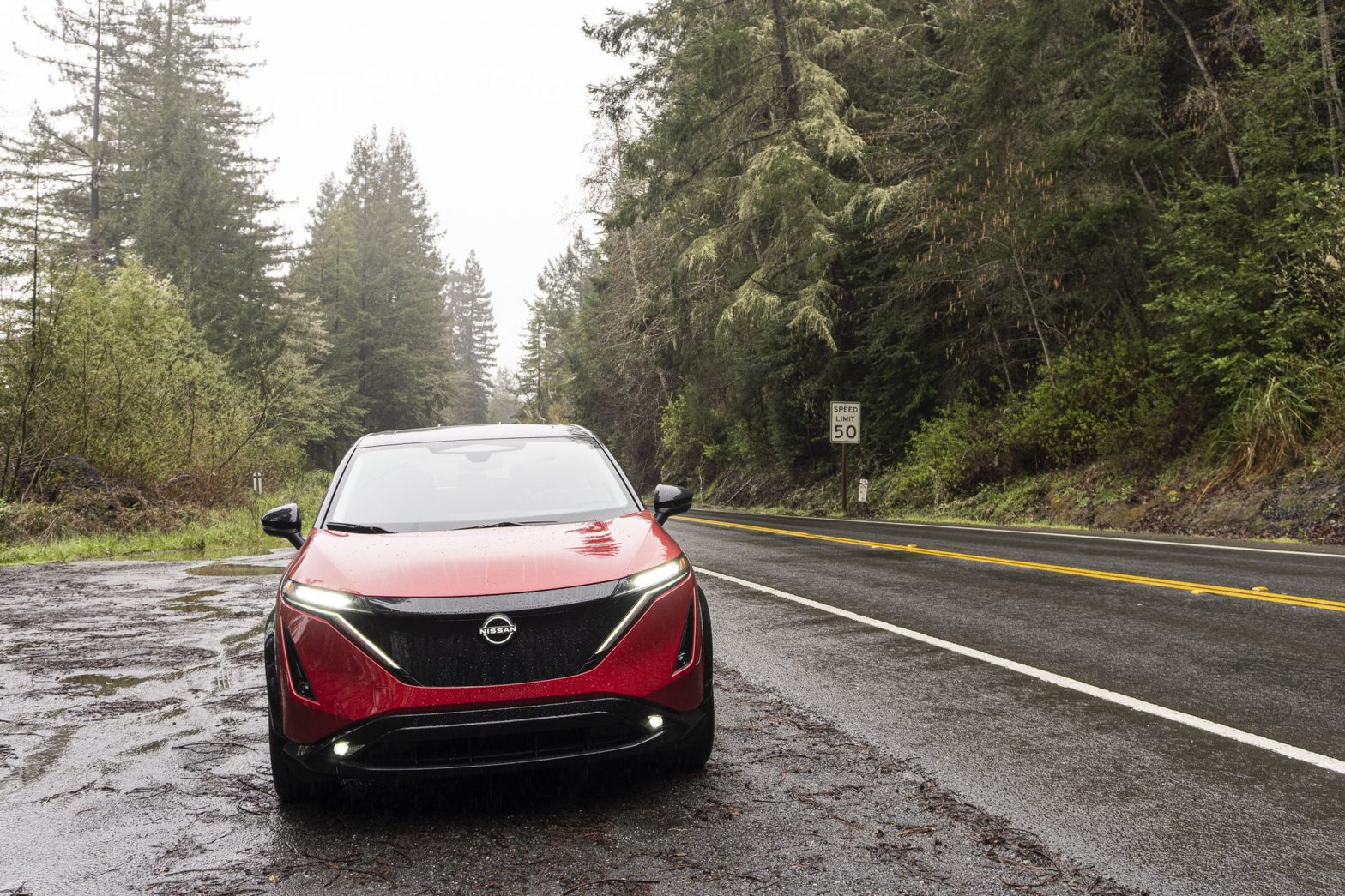/
Nissan has announced it’s joining Ford, GM, Volvo, and a bunch of others in adopting Tesla’s NACS connector for future vehicles.
Share this story
:format(webp)/cdn.vox-cdn.com/uploads/chorus_asset/file/24516723/236579_Nissan_Ariya_first_drive_RBaldwin_0002.jpg)
Nissan is announcing support for Tesla’s winning charging connector for the North American market. The automaker is not only the first Japanese brand to agree to add the charger but also the first Asian one. Tesla’s North American Charging Standard (NACS) is the port that many major automakers, including Ford, GM, Volvo, and Mercedes-Benz, have accepted to use in the US.
For Nissan in particular, this is a big deal. The company is one of the pioneers of the electric vehicle revolution thanks to its early release of the Nissan Leaf in 2010. Nissan currently uses two different port standards for its models: CHAdeMO on the Leaf and CCS1 on the Ariya. “We are happy to provide access to thousands more fast chargers for Nissan EV drivers,” Nissan Americas chairperson Jérémie Papin said in a press release.
Nissan says it will begin adding the port to its vehicles starting in 2025. Like the other automakers that have come aboard the Tesla bandwagon, Nissan will also be providing a CCS-to-NACS adapter for current EV owners next year so owners can use Tesla’s large and reliable Supercharger network.
The adapter is only going to be usable by current owners of Nissan’s latest EV, the Ariya. That’s because Nissan’s more than decade-old Leaf vehicles all still use the increasingly unpopular CHAdeMO plug standard that’s beginning to phase out from many nationwide charging station units.
Nissan also announced plans to build two new EV models at its plant in Canton, Mississippi. These unannounced vehicles will be going into production in late 2025 and will presumably include the NACS connectors.
Tesla’s NACS has been winning amongst more than just automakers. It’s also coming to public charging networks like Electrify America, EVgo, and ChargePoint. The connector is being blessed by the Society of Automotive Engineers, which will make NACS a true standard that any company can use. Hopefully it makes it easy enough for Nissan to drop the port into a new Leaf… unless it’s being discontinued.
